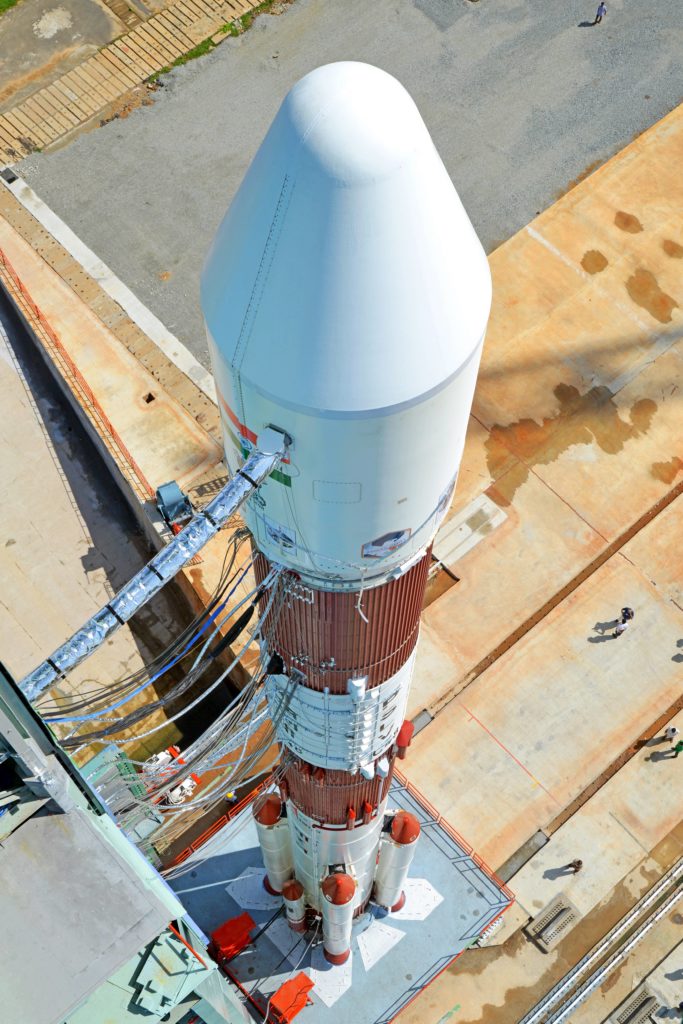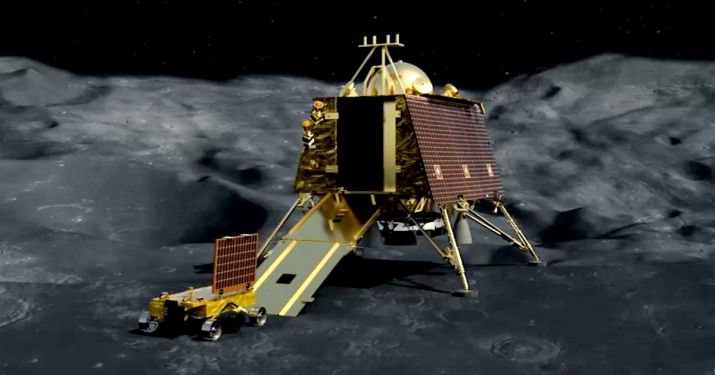The launch of the nearly ₹600-crore Chandrayaan-3 is targeted for the end of this year or early 2021.
India’s first attempt to land on the Moon last year may have gone off-script but the Chandrayaan 2 mission has been far from a flop. With a mission life of at least seven years, the Chandrayaan 2 lunar orbiter remains in operation and will continue to study the moon from a far, carrying out experiments to map the surface and study the moon’s outer atmosphere.
38 soft-landing attempts made on the moon, only about half have succeeded. In April 2019, Israel attempted to land a spacecraft on the lunar surface, only to fail in the final moments. India had hoped its Chandrayaan 2 mission would make it the fourth nation to land on the moon after the United States, Russia and China.



While he did not name the mission director or say if the same team was retained, he said, “We have identified the project director, Dr. P.Veeramuthuvel, [of the U.R. Rao Satellite Centre] who was also the associate project director of Chandrayaan-2.”
The Chandrayaan-3 lander and rover are estimated at 250 crore and will go to moon on a propulsion model. The GSLV Mark III vehicle costs around 350 crore.
In the second mission that cost nearly 1000 crore, an orbiter carried the lander and the rover to a lunar orbit. The orbiter continues to work well around moon.
Another lunar mission is being discussed with Japanese space agency JAXA (Japan Aeronautics Exploration Agency) but its elements have not been finalised, he said.
Chandrayaan-3 mission cost
As per ISRO, the total cost of Chandrayaan-3 mission will be over Rs 600 crores. In comparison, the total cost of the Chandrayaan-2 mission was Rs 960 crores.
Sivan said that the Chandrayaan-3 mission will cost Rs 250 crores for the lander, rover, and propulsion module, whereas the launch of the mission will cost another Rs 365 crores. It makes the total cost of mission equal to Rs 615 crores.
Focus areas for ISRO
ISRO chairman recalled the achievements of ISRO in 2019 and outlined the focus areas for the space agency. “In 2019, our strategy mainly was the expansion program. We wanted to expand ISRO horizontally. The second strategy adopted in 2019 was the capacity building on an outreach program. The third one is the reduction of the physical work in ISRO,” reported ANI. Sivan also announced that the land acquisition for a second spaceport has been initiated. The new port will be in Thoothukudi, Tamil Nadu.